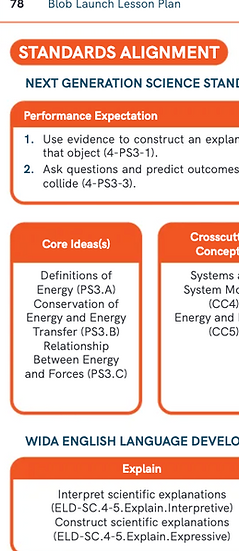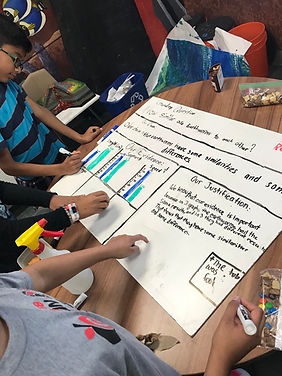
Science for Grades K–12
Science is about figuring out how and why things happen—and that’s exactly what students do in every ADI investigation. Whether it’s observing plant growth, analyzing shadows, or modeling energy transfer, students explore real phenomena and use evidence and reasoning to make sense of the world around them.
The ADI Investigation Model
Each investigation follows a 7-stage model that helps students use disciplinary ideas—and their own thinking—to figure something out:
Stage 1: Task
An investigation begins with the introduction of a phenomenon or problem to figure out. Students discuss what they notice and wonder about the phenomenon or problem. The task is introduced to students and they share ideas about the phenomenon or problem. The stage ends with students identifying what they need to learn more about.

What Makes Our Science Program Different?
FIGURING OUT PHENOMENOA
Every investigation starts with a question about something real—something students can see, wonder about, and try to explain. These phenomena ground learning in shared experiences and help students stay curious from start to finish.

LITERACY & MATH IN THE SERVICE OF SCIENCE
Reading, writing, talking, and using math are woven into every investigation. Students read to gather information, write to explain their ideas, and talk with their peers to refine their thinking.
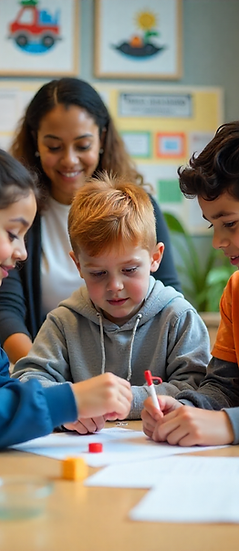
COLLABORATIVE & INTERACTIVE
Students work together to collect data, share ideas, build arguments, and offer feedback. Collaboration isn’t an add-on—it’s part of the learning process at every stage.

FLEXIBLE & EASY TO INTEGRATE
You can use our investigations to supplement your current curriculum, strengthen a unit, or address a standard you may not cover elsewhere. Each one is a complete, stand-alone learning experience that brings science to life.
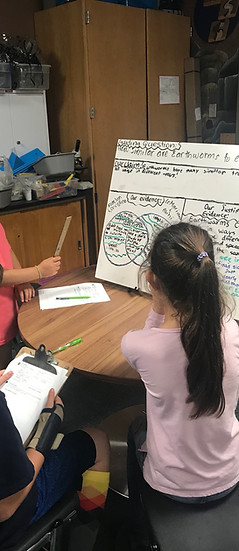
THREE-DIMENSIONAL LEARNING
Students use science and engineering practices, core disciplinary ideas, and crosscutting concepts together to figure things out. Instead of memorizing vocabulary, students build understanding through hands-on exploration and sense-making.
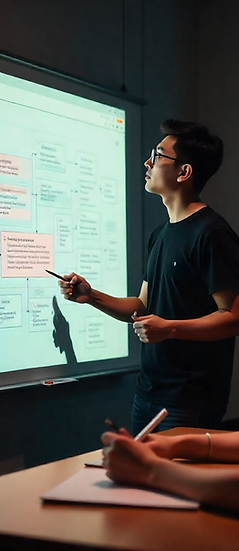
EQUITABLE BY DESIGN
Our materials are built to give every student a fair opportunity to learn and participate. All students are encouraged to contribute their ideas and experiences, which helps create a classroom culture where everyone sees themselves as a scientist.
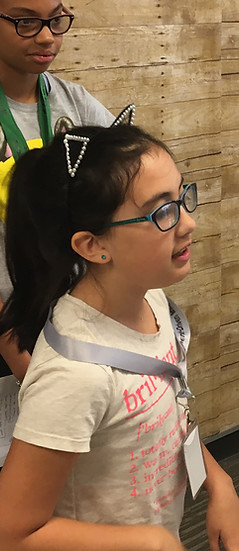
STANDARDS-ALIGNED & RESEARCH BASED
All of our investigations follow the Argument-Driven Inquiry (ADI) instructional model, developed through classroom-based research and shaped by teacher feedback. Each investigation is aligned with NGSS and state standards, so you can be confident they support your curriculum.
